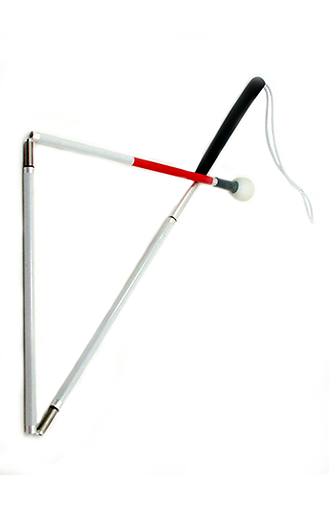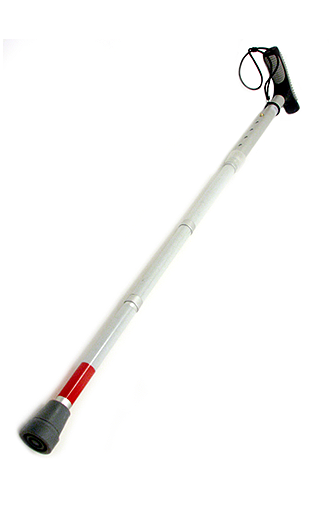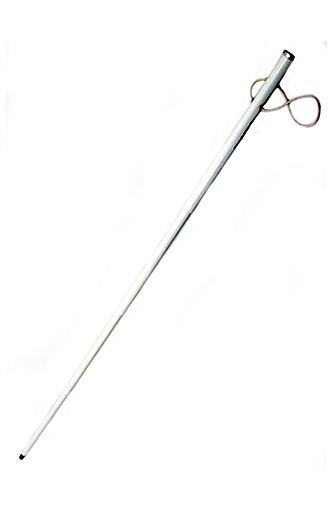info@qldblind.org.au | 07 3848 8888
Home » Living with Blindness » History of the White Cane
In 1921, James Biggs, a photographer from Bristol, England, became blind following an accident. Because he was feeling uncomfortable with the amount of traffic around his home, he painted his walking stick white to be more easily visible.
In 1930, the late George A Bonham, President of the Peoria Lions Club (Illinois) introduced the idea of using the white cane with a red band as a means of assisting the blind in independent mobility.
The Peoria Lions approved the idea, white canes were made and distributed, and the Peoria City Council adopted an ordinance giving the nearer the right-of-way to cross the street. News of the club’s activity spread quickly to other Lions clubs throughout the United States, and their vision handicapped friends experimented with the white canes. Overwhelming acceptance of the white cane idea by the blind and sighted alike quickly gave cane uses a unique method of identifying their special need for travel consideration among their sighted counterparts.
Also in 1931, in France, Guilly d’Herbemont recognized the danger to blind people in traffic and launched a national “white stick movement” for blind people. She donated 5,000 white canes to people in Paris.
The white cane now universally acknowledges that the bearer is blind.



